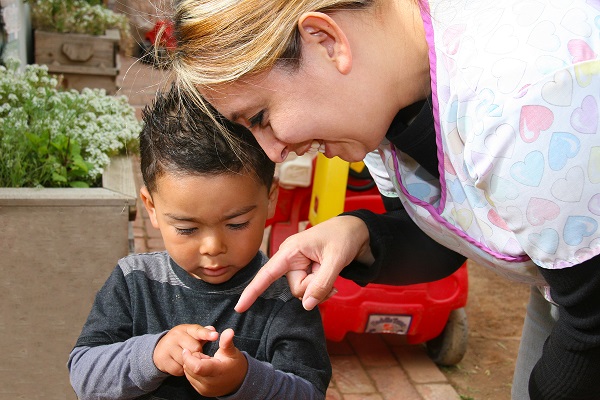Classroom Transitions
Learn ways to help children use positive behaviors during classroom transitions..
 Adult–child interaction refers to the dynamic exchanges and relationships between educators and young learners that foster meaningful learning, social and emotional development, and school readiness. The resources in this collection focus on building and strengthening adult–child interaction. Strategies include creating positive discipline, encouraging curiosity, self-regulation, and using questions to support learning.
Adult–child interaction refers to the dynamic exchanges and relationships between educators and young learners that foster meaningful learning, social and emotional development, and school readiness. The resources in this collection focus on building and strengthening adult–child interaction. Strategies include creating positive discipline, encouraging curiosity, self-regulation, and using questions to support learning.
Learn ways to help children use positive behaviors during classroom transitions..
Learn about features of the physical and social classroom environment that maximize young children's engagement and learning.
This in-service suite describes five steps teachers can follow to generate meaningful classroom rules and teach them to children.
Explore this in-service suite to learn how to provide feedback to children that supports them. Teacher feedback can help children’s learning and encourage effort.
Find out about teaching practices to engage children in conversations that can support learning in the classroom.
"Thick" conversations are the extended back-and-forth exchanges between a teacher and a child. This in-service suite describes teaching practices to engage children in "thick" conversations.
Learn the strategies in this in-service suite for using questions to extend conversations with children.
Expansions are ways to expand on what a child says or does during a conversation. This in-service suite describes how to use expansions to extend conversations with children to promote their language development.
Find out about teaching practices to engage infants, toddlers, and preschoolers in conversations that can support learning in the classroom.
"Thick" conversations are the extended back-and-forth exchanges between a teacher and a child. This in-service suite describes teaching practices to engage infants, toddlers, and prescholers in "thick" conversations.